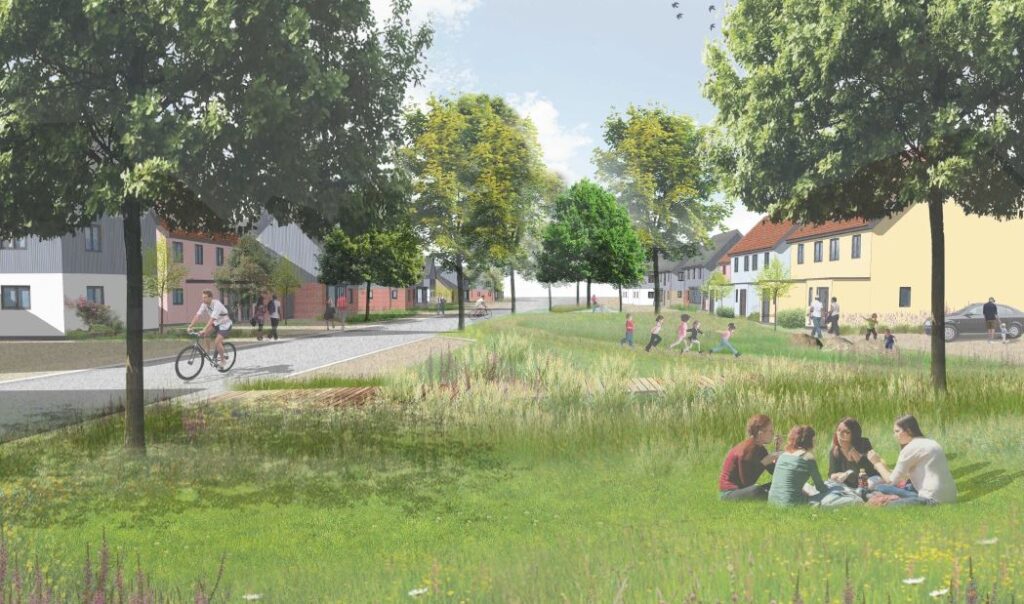Barriers to Implementing Sustainable Residential Development in the UK (2016)
Sustainable Residential Development in the UK Dissertation – Contemporary society is faced with difficulties such as the spread of urbanisation, climate change and the depletion of natural resources with an over reliance on fossil fuels. These issues are interlinked and exacerbated by the fact that the global population is growing, with forecasts of an almost doubling current figure to more than 6.4 billion by 2050.
In other words the built environment needs to accommodate these numbers and at the same time minimise the impacts of development on the natural environment. This is a difficult task since the built environment relies on fossil fuel based energy which contributes to climate change and global warming. Furthermore expansion of urbanisation increases the consumption of natural materials, which hastens the depletion of natural resources such as fossil fuels and water. In addition this expansion of the built environment puts pressure on land consumption and waste management systems.
The solution is sustainable development supported by renewable energy sources and driven by planning policy, government regulations and incentives. However, the reality is that there is a lack of demand for sustainable properties in the UK and that to date these policies have failed to stimulate the sustainable property market. This lack of demand is partly due to the perception that these properties are more expensive that traditional properties. This dissertation explores the barriers to the widespread implementation of sustainable residential development in the UK.
While it is clear that there is guidance such as the Code in place and the requirements of the Building Regulations, it is often difficult to achieve green construction using traditional forms of construction. The Energy Saving Trust (2009) adds that more than 30% of energy can be lost through the building envelope due to a lack of air-tightness and thermal bridging which essentially relies on the quality of workmanship and the materials used.
The Zero Carbon Hub (2015) argues that there is a gap between the design details and the implementation of these details on site, which reduces the energy efficiency of the building envelope. This must be addressed through collaborative working, suitable education and training and a commitment by the industry to achieve green properties.
Dissertation Objectives
- Establish the current guidelines on green design, focusing on the residential property sector in the UK
- Examine the manner in which green buildings are delivered and regulated
- Ascertain the barriers to the widespread use of this form of development
- Identify ways in which these barriers can be addressed
- 15,000 words – 52 pages in length
- Excellent use of literature
- Excellent analysis of subject area
- Well written throughout
- Ideal for construction management students
1 – Introduction
Background – The Problem
Aim and Objectives
Layout of this Dissertation
2 – Literature Review
Terminology
Sustainable Development
Measuring the Sustainability of Green Building
Delivering a Green Property
Energy Efficiency
Modern Methods of Construction
Renewable Energy
Planning Approval
Barriers to Achieving Green Buildings
3 – Methodology
Research Philosophies and Theories
Research Approach
Research Strategies
Method of Data Collection
Research Limitations
Research Ethics
4 – Data Collection
Case Studies
Barratt Green House
Miller Zero Homes
Mid-Street Surrey
Interviews
5 – Analysis and Discussion
Current guidelines on residential green property design
Promoting and Regulating green building design
Barriers to Sustainable Built Environment
6 – Conclusion and Recommendations
References

